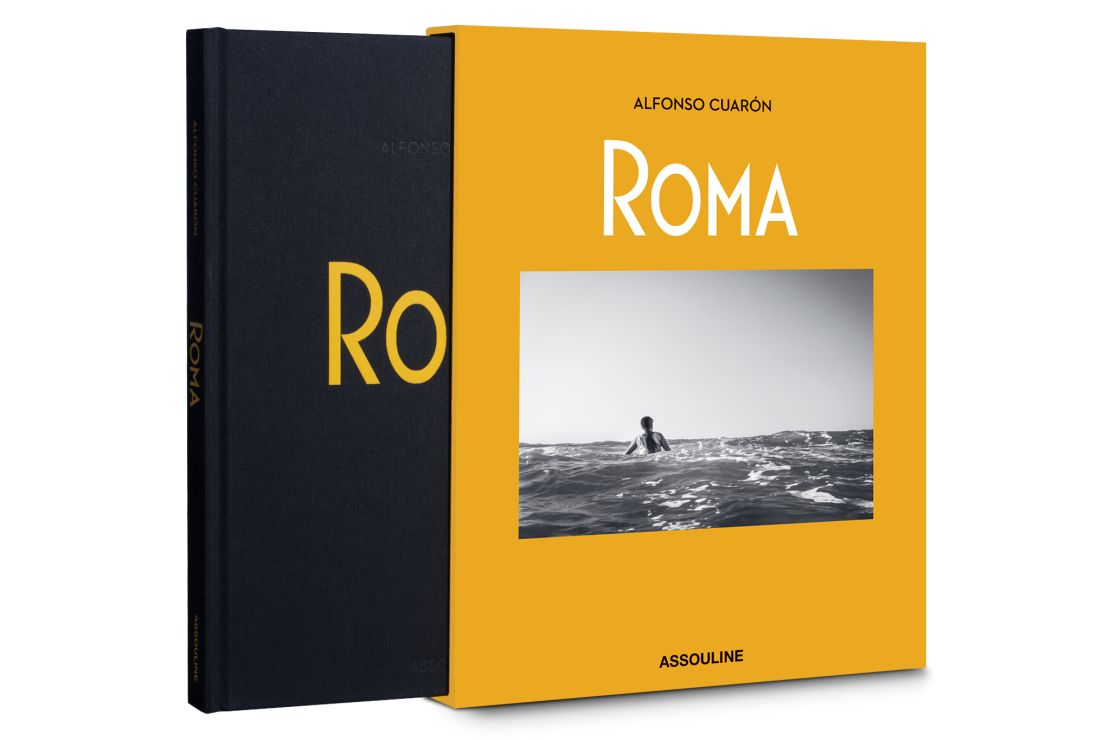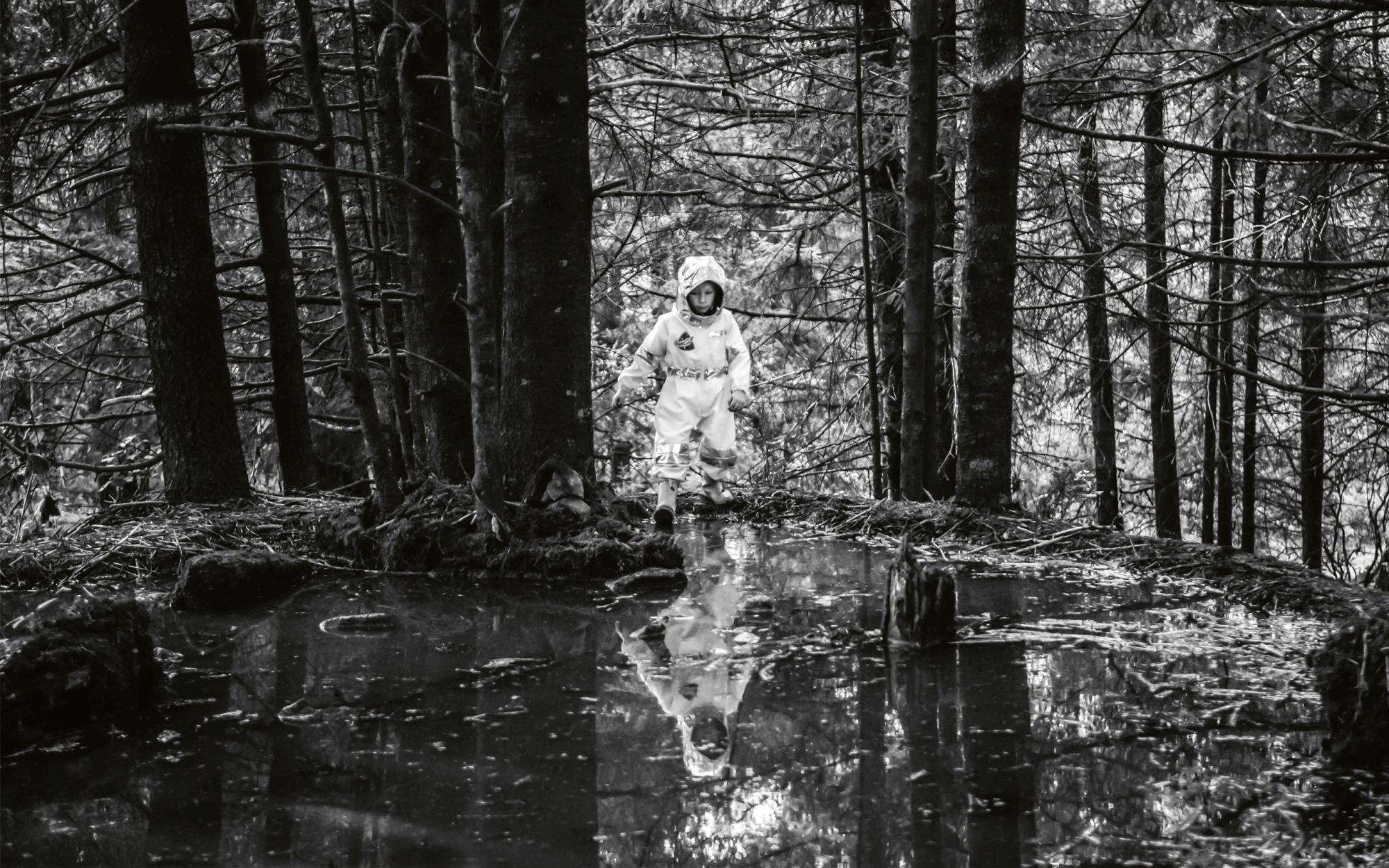Editor’s Note: This fashion month, model Adut Akech is CNN Style’s 10th guest editor. She’s commissioned a series of features around the theme of family.
Before our interview, Carlos Somonte penned some thoughts on “Roma.” The photographer wanted to articulate as best he could his work on the Oscar frontrunner.
“I didn’t want to tell you ‘I didn’t have a f***ing clue how I did it,’” was how he put it, laughing over the phone from Cuernavaca, Mexico. But more than two years on, he’s still processing what happened.
Much has been made of Alfonso Cuarón’s polymathic exploits on “Roma.” As writer, director, producer, editor and cinematographer he has picked up awards nominations in each category. And few can begrudge him such control: Cuarón is telling a story based on his upbringing in Mexico City in the early 1970s – albeit from the perspective of a domestic worker.
Cuarón wasn’t the only person behind a camera, however. Somonte was hired by his longtime friend as still photographer and given creative license to cover the shoot in 2016 and 2017.
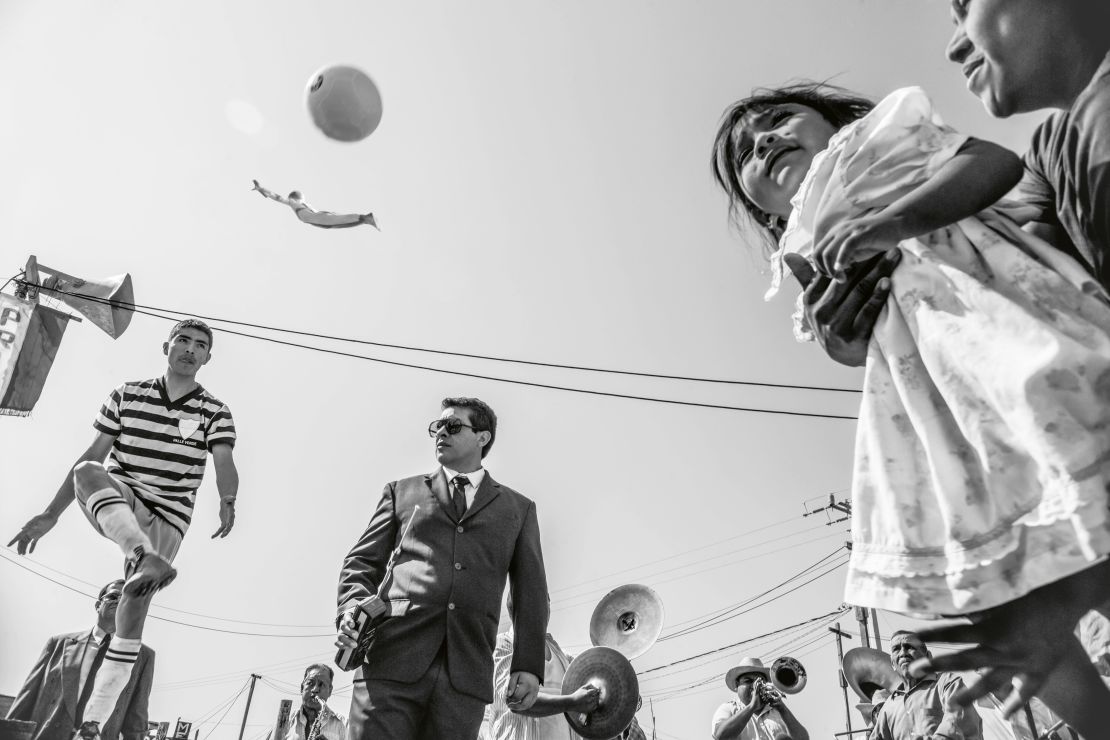
“It’s very unusual, no?” he said of the results. That’s an understatement. His images read as documentary, with the unvarnished qualities and dynamic composition of a Bruce Gilden or Vivian Maier at their up-close-and-personal best. It’s easy to forget that it’s all staged – or that it’s set within the confines of a film at all.
Somonte spoke effusively and swore enthusiastically while trying to explain why the job meant so much. It may be in part because Cuarón’s story – “Roma’s” story – is, to a degree, also his own.
“I’m a friend of Alfonso’s since we were very young,” he said. “We share the same Roma neighborhood (the well-to do area after which the film is named); we share the same background.”
“The ‘Roma’ story” – centering on a domestic worker’s unwanted pregnancy as her employers’ marriage breaks down – “used to be quite a common story in a particular social class,” he added. “(It’s) a comedy, a drama and a tragedy all happening at the same (time).”
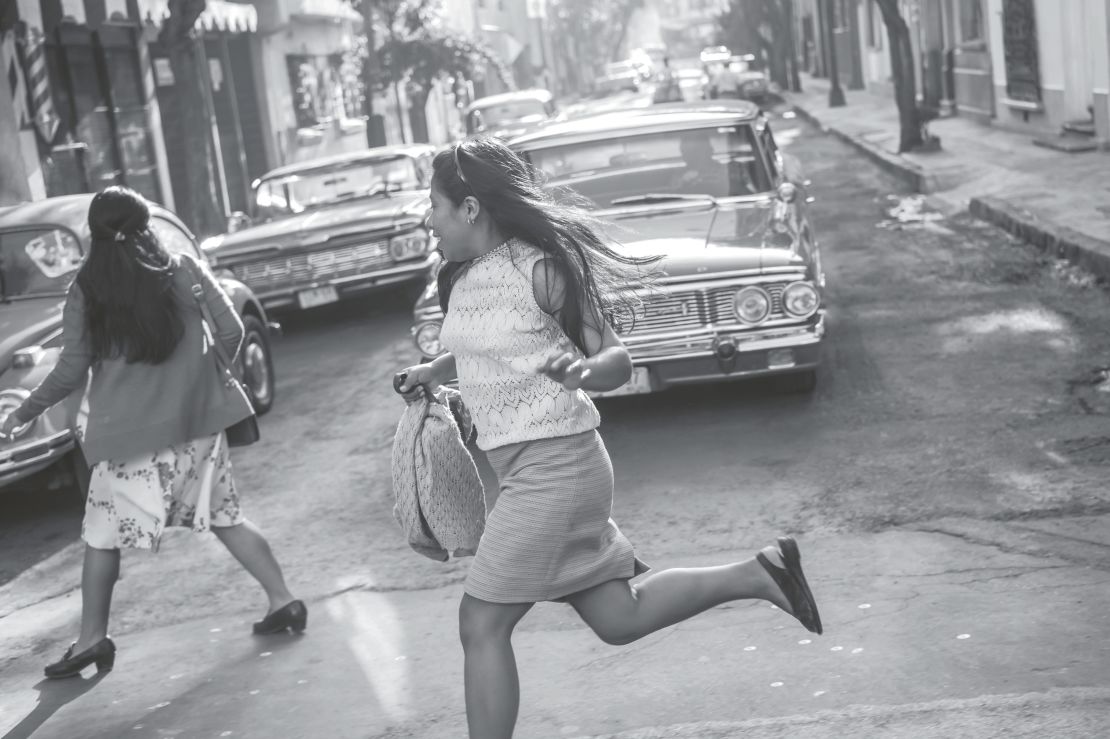
Cuarón orchestrated the production with a high degree of secrecy, says the photographer, shooting chronologically and drip feeding the script to cast and crew. There were two outlooks, said Somonte: “we all either suffered or (chose to) use it in a positive way.”
“I understood from day one this was a unique opportunity to get involved in a picture in a different way,” he added. That meant studying the choreography of each new scene – particularly Cuarón’s longer takes – and finding ways to insert himself into live action sequences out of shot, from jumping on to platforms to lying on the ground contorted with his face in the mud.
“It began to flow parallel to the filming,” he explained, “from a different angle, from a different perspective, telling the same story at the very same time.”
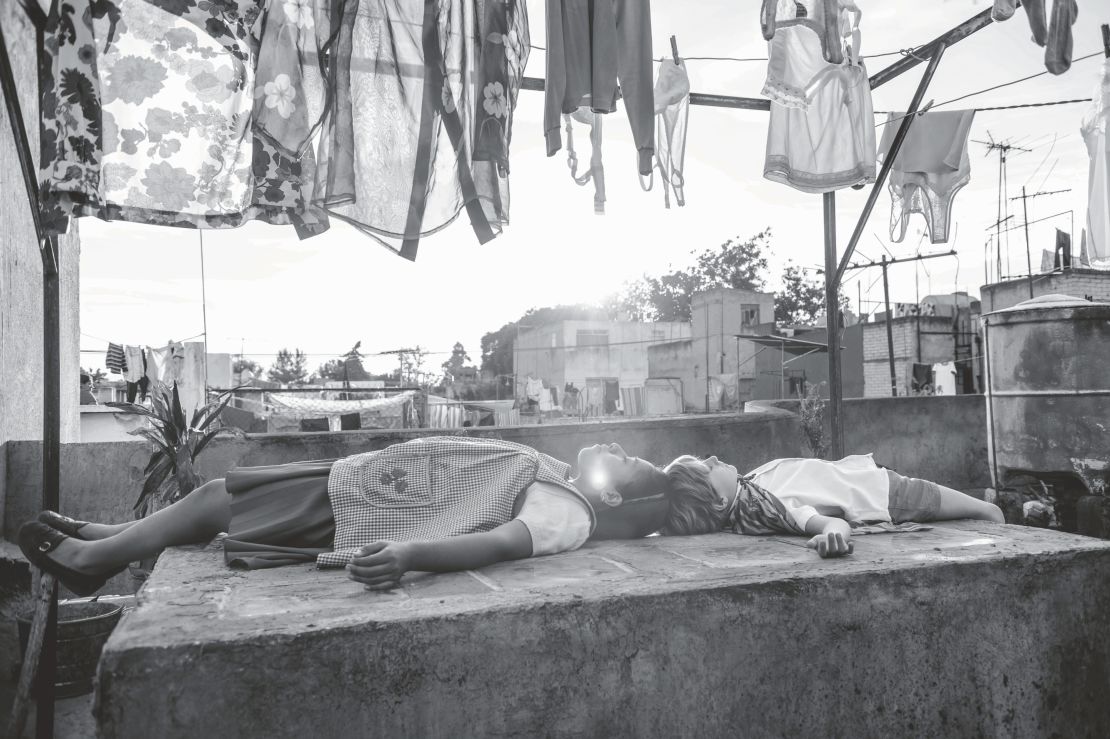
Each night the photographer would rush back to process stills from a 12-hour shoot day and start feeding them to the director as an accompaniment to the dailies. “It enriched the results I believe,” he added.
“Alfonso, in charge of so many things, he carried a very heavy weight, absolutely. I guess that our background gave us like this…,” Somonte failed to find the words. “We went very close.”
Cuarón’s piecemeal approach and “Roma’s” meticulous production design rendered time elastic for crew members who grew up in Mexico City. “He took me back to amazingly happy years, but also to terrible things,” said Somonte.
1970-71 was a tumultuous time for the capital. Alongside the domestic drama, glimmers of the Mexico’s so called “Dirty War,” militias and the Corpus Christi Massacre – when student protestors in Mexico City were attacked on June 10, 1971 – weave in and out of the narrative.
“My parents formed part of those marches,” recalled the photographer. “(They) were refugees from the Spanish Civil War and they’ve always been left wing. I sort of lived those days. It was the talk of the moment, the repression.”
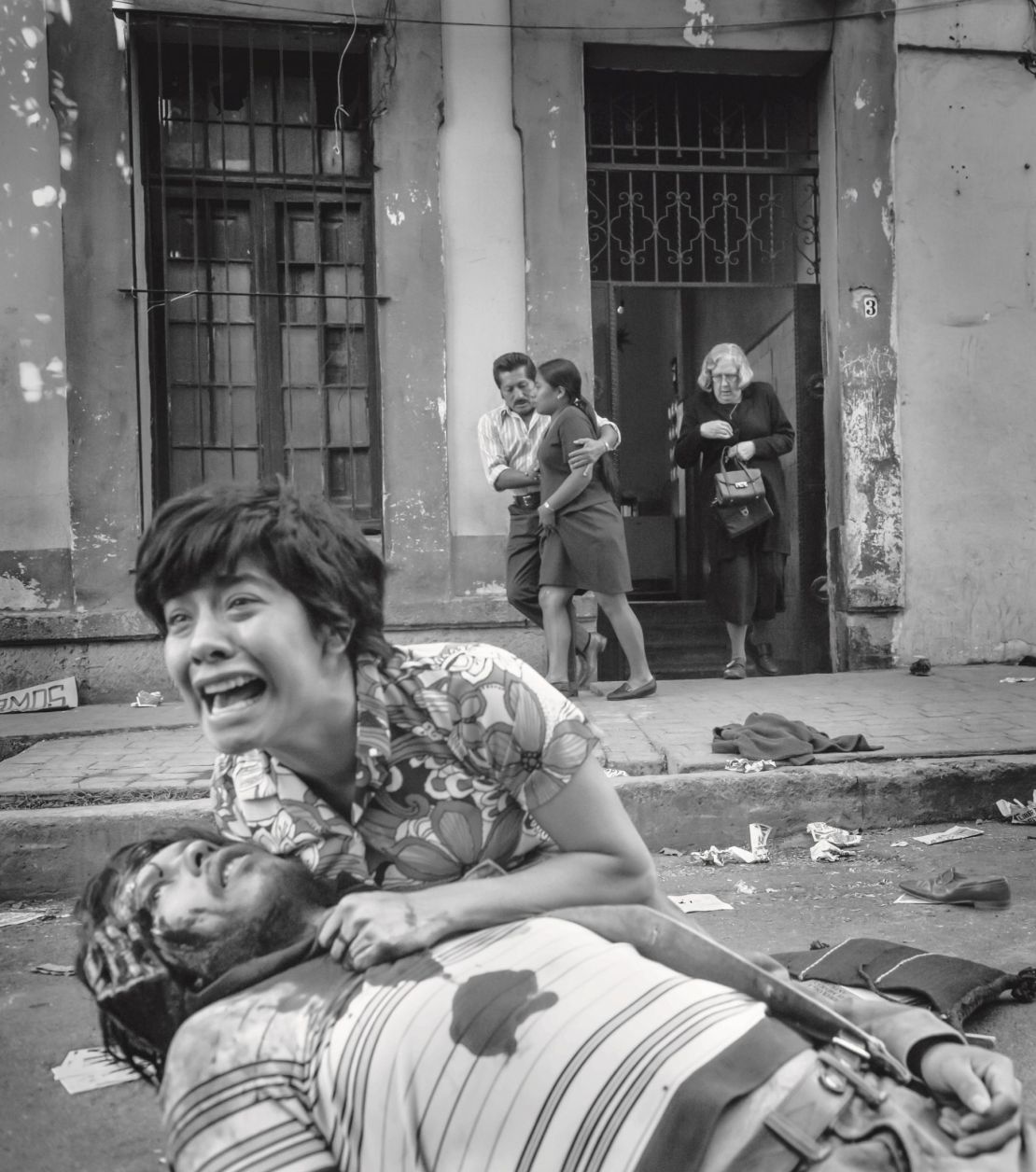
“Roma’s” reconstruction of the Corpus Christi Massacre has proffered some shockingly authentic images. A woman screams as she cradles a dead man, while Cleo the domestic worker escapes the tumult in the back of shot. Protestors scatter under gunfire as smoke rises from the streets.
The photographer and director placed Somonte’s stills alongside historical images: “We were like ‘Oh f***! Look at this.” Breaking the on set omerta, Cuarón gave the photographer rare permission to show his father Justi. “He was even more shocked than me,” said Somonte. “He was really touched with the veracity of those specific images.”
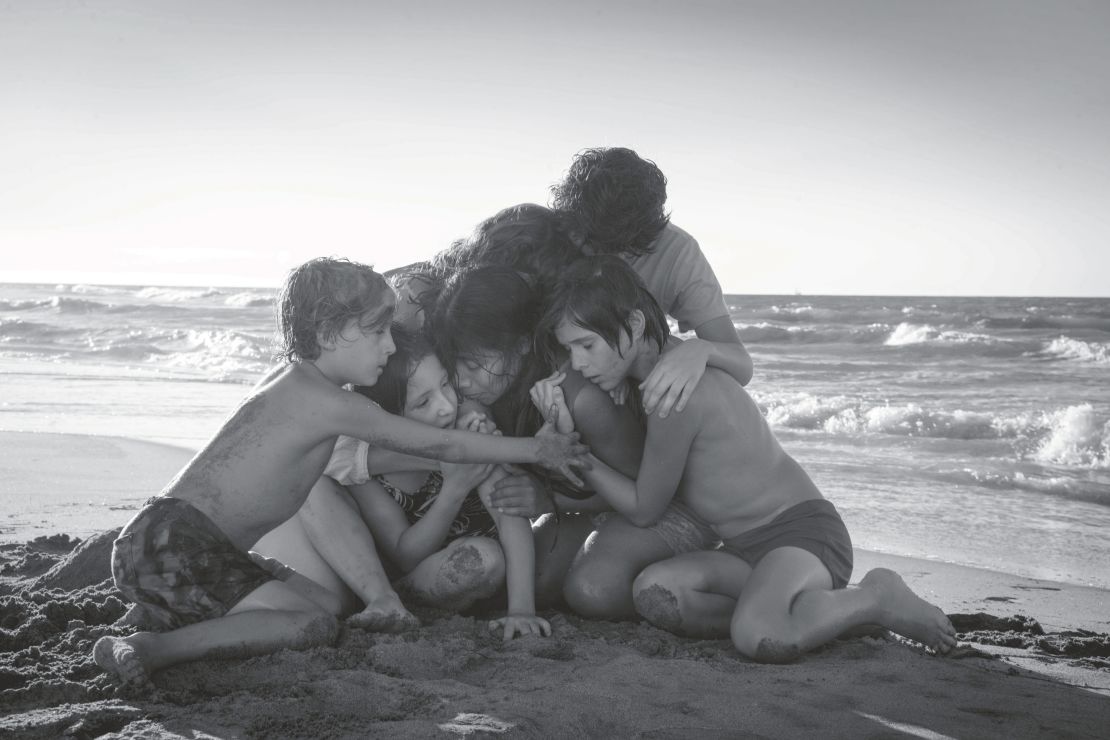
“Roma” premiered at the Venice Film Festival last September and won the Golden Lion. Somonte’s photography was used as key art.
The photographer described what happened next as a “revolution.” His stills went on to be presented at other festivals including Telluride. Then the collection was put on display by the Los Angeles County Museum of Art.
A book wasn’t always the plan, he explained, but it became another way to memorialize the production. The collection has been bound into an Assouline edition alongside film imagery by Cuarón, with Somonte’s photography – and the book itself – playing a significant role in a reported $10-20 million awards season campaign.
“‘Roma’ is still alive,” he said just prior to embarking on a secretive new shoot. “I thought it was going to stop quite a few month ago, and it didn’t.”
